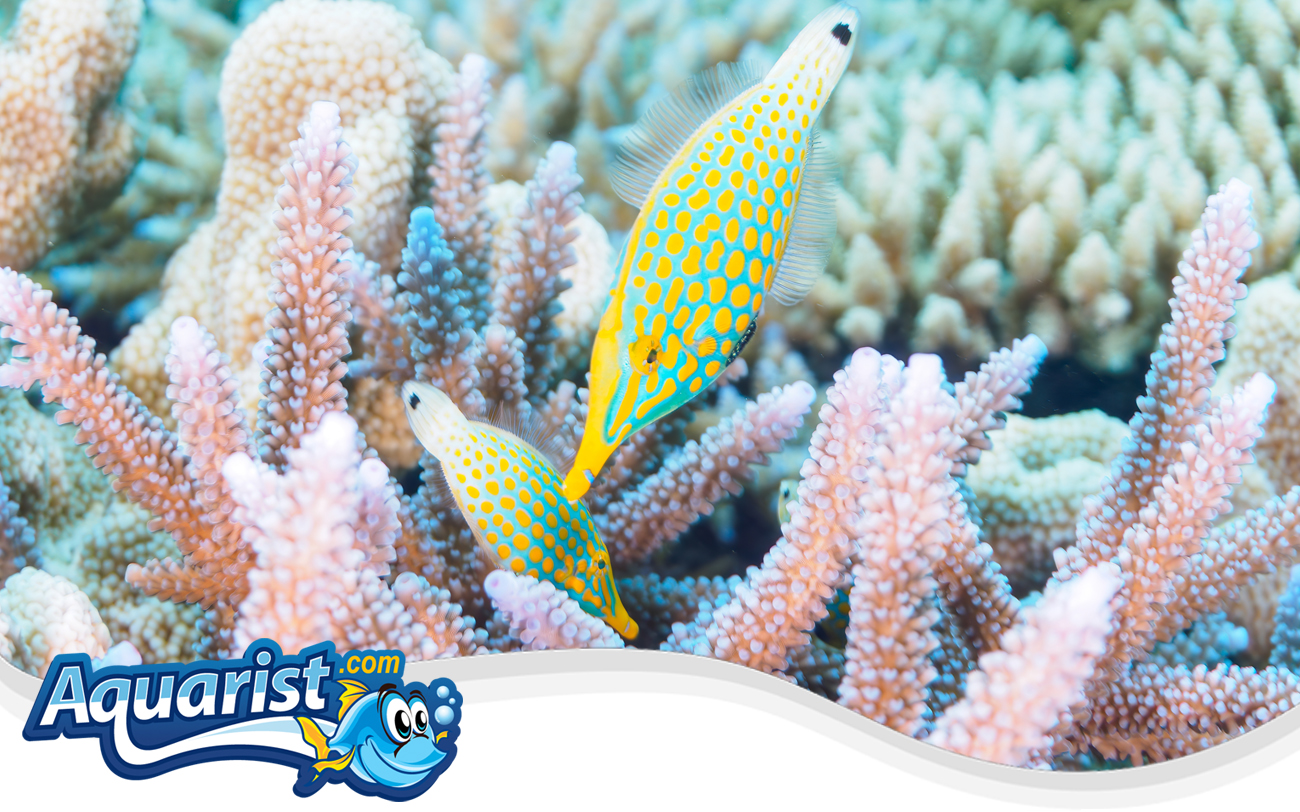Overview
- Native to the Indo-Pacific, particularly around coral reefs and rocky outcrops.
- Recognized for its elongated snout, vibrant yellow-green coloration, and unique body shape.
- Known for its ability to blend into its environment, using its body structure and coloration for camouflage.
- Prefers to hover motionless among coral and algae, waiting for small invertebrates to approach.
Feeding
- Omnivorous, feeding on small invertebrates, algae, and detritus.
- Readily accepts frozen brine shrimp, mysis shrimp, and finely chopped seafood.
- Occasionally grazes on algae and plant matter in the wild, aiding in cleaning its environment.
- Multiple small feedings throughout the day replicate its natural foraging behavior.
Habitat
- Prefers rocky reef environments with plenty of hiding spots and coral cover.
- Thrives in environments with moderate to strong currents that facilitate natural feeding.
- Often found in the shallows of coral reefs, where it can easily blend into its surroundings.
- Needs a clean, well-maintained environment with plenty of stable rockwork for perching and shelter.
Fish Care
- Optimal water temperature: 75-82°F (24-28°C).
- pH level: 8.1-8.4, with a specific gravity of 1.023-1.026.
- Stable water conditions and regular maintenance are essential for a healthy environment.
- Consistent water quality is crucial to maintaining its well-being and vibrant coloration.
Compatibility
- Generally peaceful but may become territorial if food is scarce.
- Best kept with other non-aggressive species that do not disturb its feeding or resting areas.
- Should not be housed with overly active fish that may compete for space or cause stress.
- Prefers a calm, structured environment with compatible tank mates.
Aquarium Behavior
- Frequently seen hovering motionless in front of coral formations, waiting for prey.
- Adapts well to captivity when provided with a secure, peaceful environment.
- Displays curiosity toward its surroundings, especially when interacting with other fish or tank features.
- May occasionally show more active movements, particularly during feeding times.


